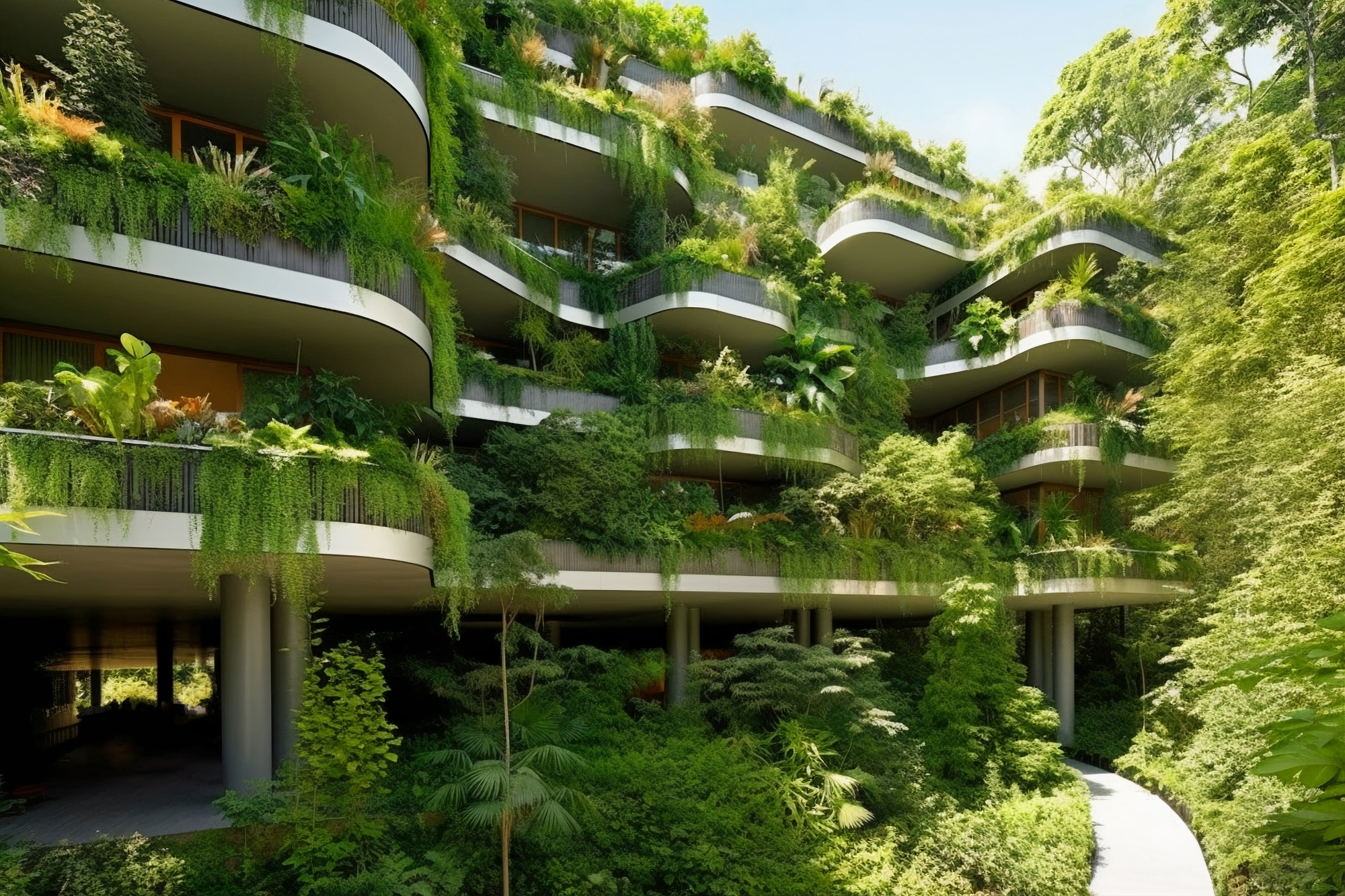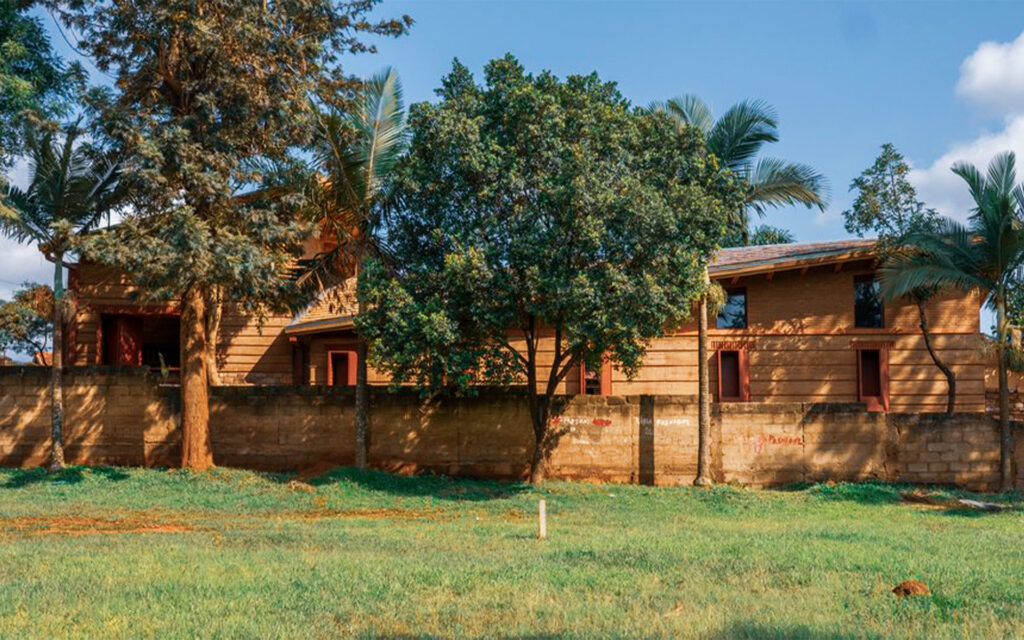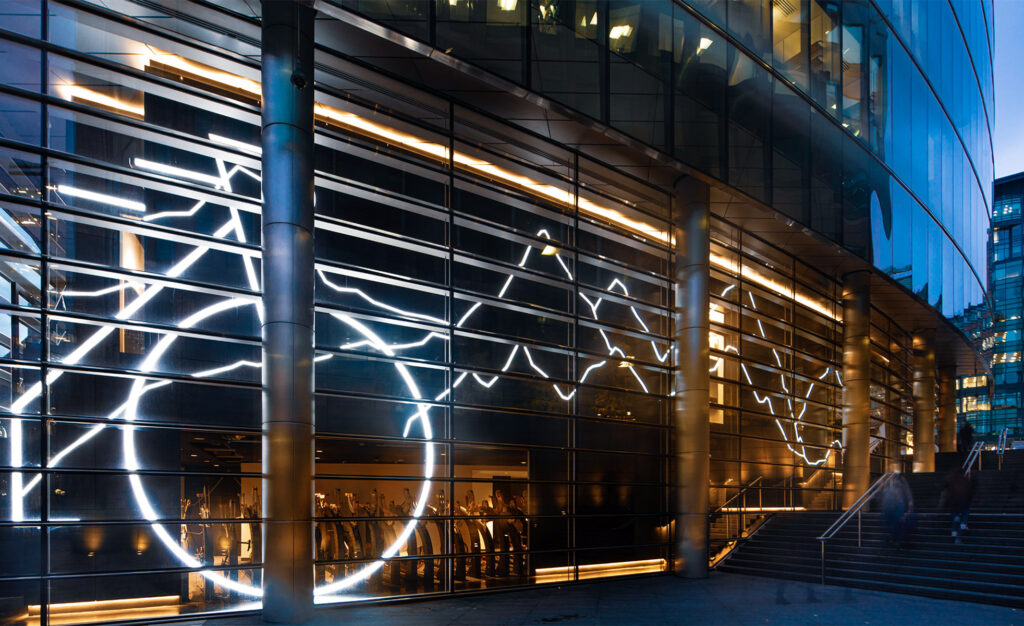Sustainable architecture and environmental issues have fully entered the construction world’s agenda. The word sustainability and sustainable architecture spread like a mantra among architects and designers for two reasons: one technological and another aesthetic. Let us explain further. Today, that design must be sustainable is an inescapable starting point. Architecture must also bring out ecological awareness through its image. Therefore, the effectiveness of sustainable architecture is as much in relation to the building as to the environment.
What is sustainable architecture
But what is sustainable architecture? Sustainable architecture designs and constructs buildings that limit their environmental impact. The design goals are energy efficiency, improvement of the healthiness of places, comfort, and quality of enjoyment of the inhabitants. These goals are achieved through the integration of appropriate strategies and technologies. Doing sustainable architecture means knowing how to build and manage a building that can best meet the needs and demands of clients. Always taking into account, from the first idea, the cycle of construction and natural resources.
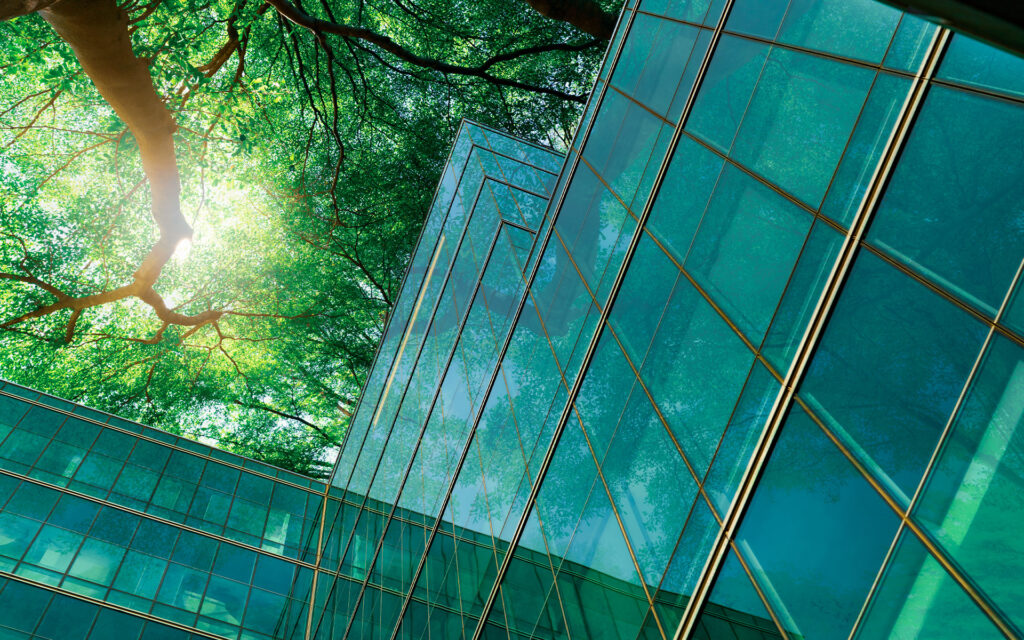
Sustainable architecture designs and constructs buildings that limit their environmental impact. The design goals are energy efficiency, improvement of the healthiness of places, comfort, and quality of enjoyment of the inhabitants.
Blending with the context
Sustainable architecture is built without harming others or the environment by trying to fit harmoniously into the context and thus also thinking about an integral cycle of land use, space, materials, and resources. In fact, these are not new concepts. Much of good architecture tends to be sustainable architecture because, in the disciplinary statute of architecture, the concept of sustainability is already present, even if not explicitly. This means that sustainable architecture is also good architecture (and vice versa). However, technological evolution allows us, today, to quantify the parameters of sustainable architecture making this form easily replicable. Some interesting examples can help us better understand the concept of sustainable architecture.
Kampala art center
The new art center in Kampala, Uganda, is the first we are proposing. London-based New Makers Bureau built a new headquarters for a local art association. The choice was to use materials obtained from the site itself. The materials are reclaimed earth, wood, and brick. The bureau drew on the heritage of experience on earthen construction peculiar to the region. Thus, it created Uganda’s first community art space in the city’s Kabalagala district. They were also inspired by the churches of Lalibela in Ethiopia, underground structures carved into the rock. Made by subtracting material from the ground, somewhat like an archaeological dig, and literally extracting the material from the site.
Saltviga House
La Saltviga House, sulla costa meridionale della Norvegia, è opera dello studio Kolman Boye Architects. Quello che era iniziato come un esperimento ha dato vita ad un’idilliaca abitazione in legno. Adagiata sulla costa meridionale della Norvegia, immersa in un terreno boscoso con vista sul mare, la casa unifamiliare è stata concepita all’insegna della “dolcezza”. A sottolineare questo approccio, e a distinguere la Saltviga House, è l’utilizzo di scarti della produzione di tavole di rovere. Essi compongono in modo molto visibile il tetto e le pareti esterne conferendogli un aspetto simile a quello di scandole di legno di una baita. Prendendo spunto da questo splendido materiale, Kolman e Boye hanno realizzato una casa che risulta allo stesso tempo accogliente e responsabile, dal punto di vista ambientale. Allo stesso tempo, ogni pezzo di legno utilizzato nella costruzione è stato controllato e testato per verificarne la resistenza al clima, spesso rigido della Norvegia.
The Saltviga House on Norway’s southern coast is the work of Kolman Boye Architects. What began as an experiment has resulted in an idyllic wooden home. Nestled on Norway’s southern coast, nestled in a wooded terrain overlooking the sea, the single-family home was conceived under the banner of “softness.” Underlining this approach, and distinguishing the Saltviga House, is the use of scraps from oak plank production. They very visibly make up the roof and exterior walls, giving it an appearance similar to that of wooden shingles from a cabin. Taking their cue from this beautiful material, Kolman and Boye have created a house that is both cozy and environmentally responsible. At the same time, each piece of wood used in the construction was checked and tested for its resistance to Norway’s often harsh climate.
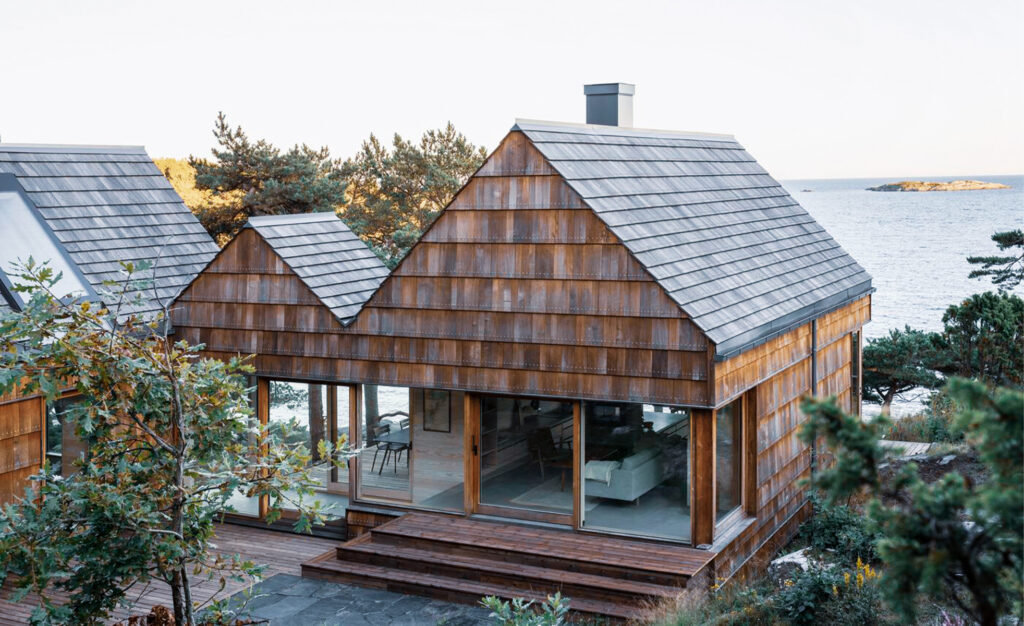
Adler Spa Resort Sicily
The Adler Spa Resort Sicily is set in context. Architect Hugo Demetz was commissioned to design the complex by taking advantage of the panoramic views of the surrounding nature. Integrating into the landscape, the resulting building consists mainly of single-story structures.
It includes 90 guest rooms. Each unit has a private terrace accessed through sliding glass doors. The layout encourages visitors to recharge. It captures the essence of the slow travel movement. The spaces inspire guests to embrace the quiet, secluded location and the ethos of outdoor living. The resort is built on the idea of sustainability.
It features walls clad in natural Sicilian clay. The material was chosen for its natural moisture control properties. The structure of the walls also features elements of one of the most iconic places on the island: tuff rock formed from volcanic ash and sediment from Mount Etna. The rock naturally contributes to maintaining interior comfort. The interior spaces are cool in summer and warm in winter.
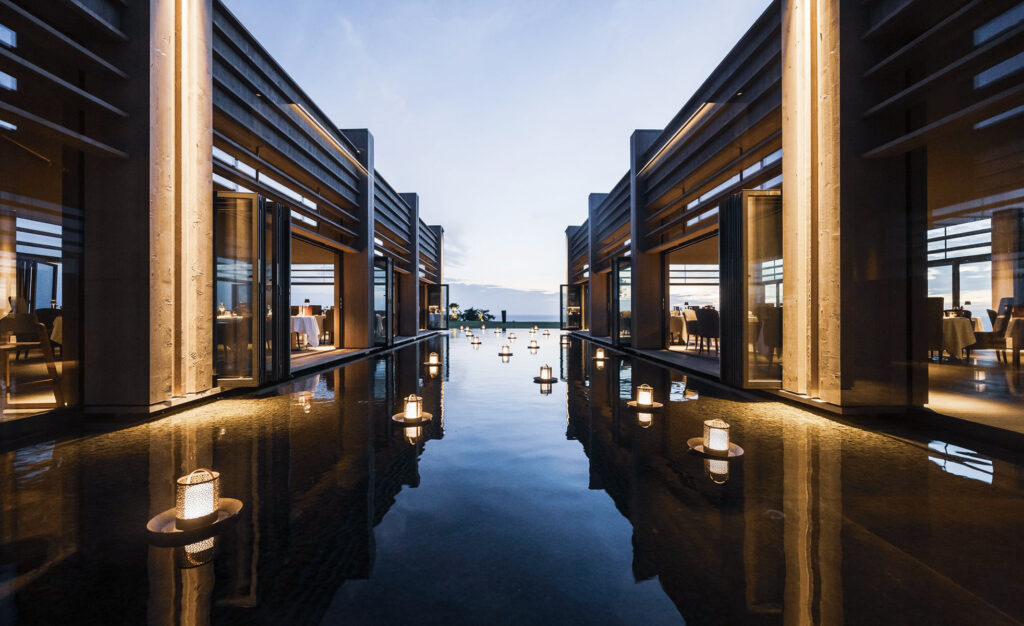
10 Exchange Square
Coffey Architects has completed the sustainable renovation of a workplace designed in 2004 by SOM Studio, in Broadgate, London. Working with British Land and the building’s existing “good bones” the architects took on the task of updating the structure to contemporary standards.
In addition to prioritizing bicycling and providing parking and other necessary infrastructure, the project includes a renovated entrance with European oak hardwood siding from certified eco-conscious sources.
Sustainability experts Norman Disney & Young helped promote local sourcing, reusability, and reduction of embedded carbon. This is an effort to provide high-quality retrofit workspaces while avoiding the demolition of existing buildings, which is critical in the transition to net zero. Outdated buildings may not be fit for purpose, but smart clients understand that the value of the architect lies in part in this attitude of being able to do more with less. A holistic approach in terms of experience and sustainable construction, the two-level intervention redefines the urban entrance to Broadgate. It creates the second office building in London with bikeable access. And the new route offers an unusual journey, from street to desk, for all users.
Read more: Sustainable architecture
Perhaps you might be interested in: Is sustainable fashion elitist?


